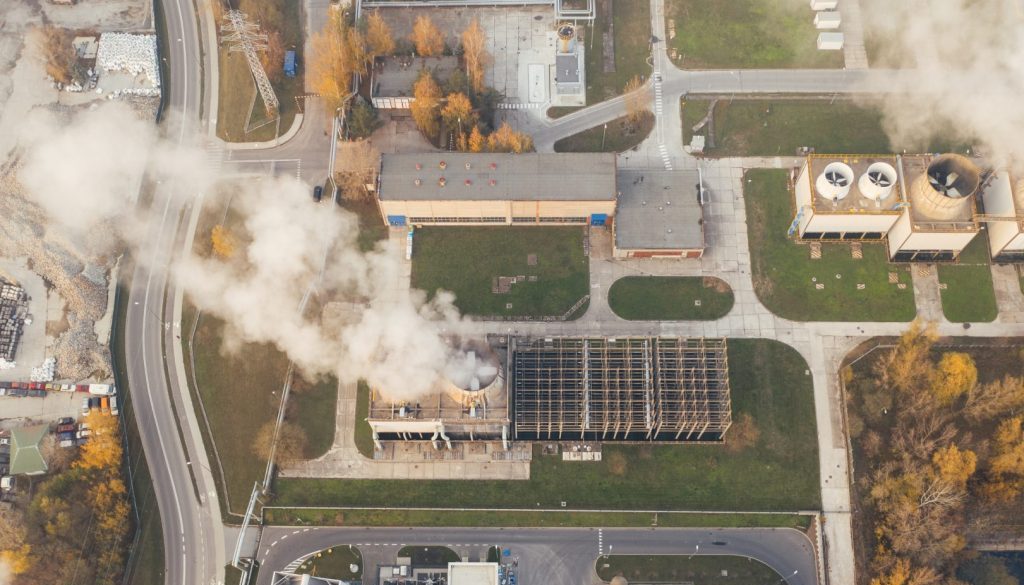Building a Sustainable Future: How Surveyors Are Leading the Climate Change Battle
Building surveyors diminish the demand for new construction and actively promote the continued use and preservation of existing structures, they do this by refurbishing, retrofitting, and repurposing buildings, effectively recycling them. This not only reduces the carbon emissions typically linked to new construction but also lessens material consumption and safeguards the historical significance, whether it’s a modern or ancient structure.
This approach is particularly valuable when dealing with historical buildings and adhering to the principles of building conservation. The guiding principle here is to undertake the least intrusive interventions necessary to benefit the conservation and safeguarding of these structures.
Some ways which building surveyors are making a positive impact are mentioned below:
Energy Efficiency Audits
Building surveyors can conduct energy audits to identify areas where buildings are wasting energy. They can recommend and oversee energy-efficient retrofits, such as better insulation, energy-efficient lighting, and HVAC system upgrades.
Sustainable Design Principles
Along with architects, building surveyors can incorporate sustainable design principles into new construction projects. This might include using renewable materials, maximizing natural lighting, and designing for passive solar heating and cooling.
Renewable Energy Integration
Building surveyors can assess the feasibility and integration of renewable energy sources like solar panels or wind turbines into buildings, helping reduce dependence on fossil fuels.
Carbon Footprint Analysis
They can calculate the carbon footprint of existing buildings and suggest strategies for reducing it, such as improving insulation, optimising heating and cooling systems, and promoting water conservation.
Green Building Certifications
Building surveyors can guide projects towards achieving green building certifications like LEED (Leadership in Energy and Environmental Design) or BREEAM (Building Research Establishment Environmental Assessment Method), which encourage sustainable construction practices.
Compliance with Environmental Regulations
They can ensure that buildings comply with local and national environmental regulations, including those related to energy efficiency, emissions, and waste management.
Adaptation to Climate Change
Building surveyors can assess buildings’ resilience to climate change impacts, such as extreme weather events and rising temperatures, and recommend measures to adapt and mitigate risks.




